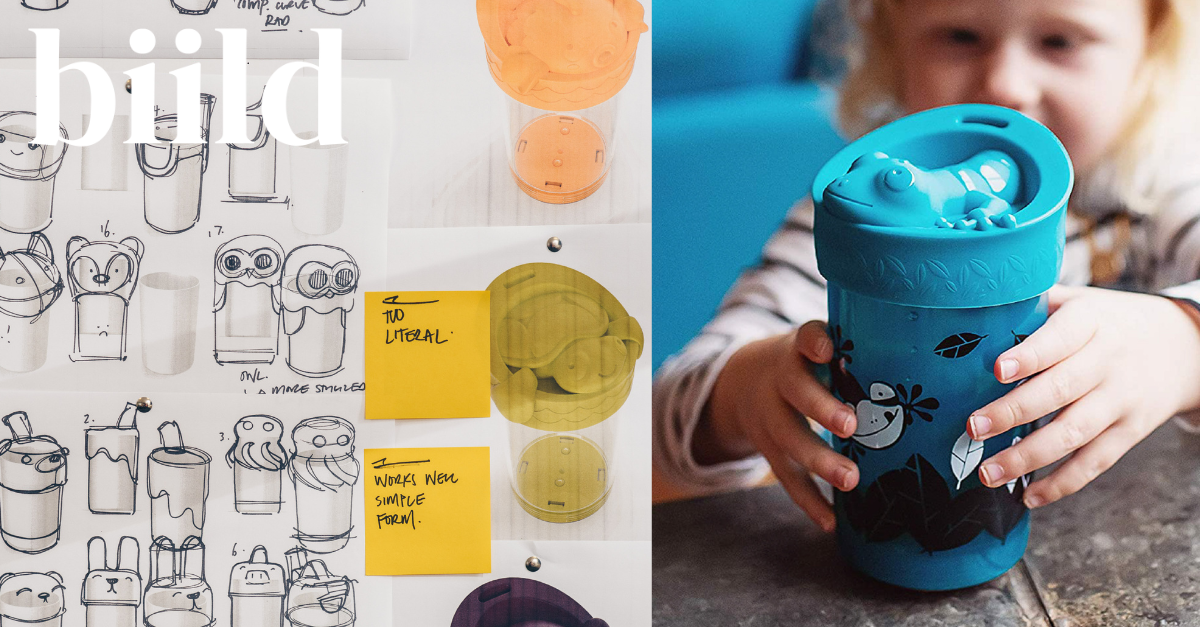
Bringing a product from concept to market is a journey that requires careful planning, dedication, and strategic execution. Whether you're a seasoned entrepreneur or a newcomer to the business world, the process of product development can be both exciting and challenging.
In this blog post, we'll guide you through the essential steps to turn your innovative idea into a market-ready, successful reality.
1. Market Research
It all starts with an idea, formulated through thorough market research & insights. Begin by identifying a problem or a gap in the market that your product can be the solution to.
Conduct thorough research to understand your target audience, their preferences, and the competitive landscape. This knowledge will be the foundation upon which you build your product concept. Market research is generated through identifying trends, patterns, pain points, conducting consumer surveys and reading studies within your industry.
2. Conceptualisation and Sketching
Once you've defined your idea, it's time to create a detailed concept and plan.
Outline the features, functionalities, and benefits of your product. Brainstorm your product and characteristics. Create sketches and diagrams to better visualise your idea.
Develop a clear roadmap that includes milestones, timelines, and resource allocation. This roadmap will need to be reviewed after every step to ensure you are on track or any amendments that are needed to timeframes, budgets etc. Are done as appropriate.
3. Design and Development of an MVP Prototype
With a solid plan in place, move on to the design and development phase. Engineers, designers, and developers will collaborate to create a working prototype or a minimum viable product (MVP) from their early stage sketches and ideation mapping. Regular testing and iterations will ensure that your product meets its intended purpose and aligns with user expectations. This saves costly errors when it comes to mass production through prototyping.
Your product and its functionality purpose will determine the type of prototype needed, to learn more about prototypes, click here.
If you require a prototype to test your designs, we have our own in-house SLS 3D printer & design team who can produce this for you. Just get in touch with our team, here.
4. Property Protection
During the development process, consider protecting your intellectual property through patents, trademarks, or copyrights. Securing your intellectual property rights can safeguard your product from potential competitors.
5. Manufacturing and Production
Once your prototype or MVP is perfected, it's time to scale up for production. Partner with reliable manufacturers who can produce your product at the required quality and quantity.
Our close partners, AME-3D are specialists when it comes to additive manufacturing & low volume production.
Consider factors like cost, quality, materials, and lead times when making manufacturing decisions.
6. Marketing and Brand Identity
As your product takes shape, start building anticipation within your target audience. Develop a strong brand identity, including a compelling name, logo, and marketing materials. Craft a marketing strategy that highlights the unique value your product brings to the market.
7. Market Testing and Validation
Before a full market launch, conduct testing and validation with a select group of users or in a controlled environment. Gather feedback, make necessary adjustments, and refine your product based on real-world insights.
8. Launch and Distribution
With a validated product, it's time to launch it to the public. Plan a well-coordinated launch strategy that includes digital marketing, social media campaigns, and any necessary events. Choose distribution channels that align with your target audience's preferences.
9. Continuous Improvement
Listen to customer feedback, analyze sales data, and stay tuned to market trends. Continuously update and improve your product to meet evolving customer needs and preferences.
A bit topic at the moment is product sustainability, are your products sustainable? Do they follow a circular design or a linear one?
Keeping your ear to the ground will help you revolutionise your products & increase revenue in the long run.
Bringing a product from concept to market is a multifaceted approach that requires meticulous planning, dedication, and a willingness to adapt.
By following these essential steps and staying committed to delivering value, you can navigate the challenges and celebrate the successes of your product development journey. Here at biild, we integrate with startups, SMEs, large enterprises & more to produce successful, purposeful products & have done so for over 10 years.
If you need assistance pushing your product to market, our friendly & experienced team can help you. Fill out the contact form here.

